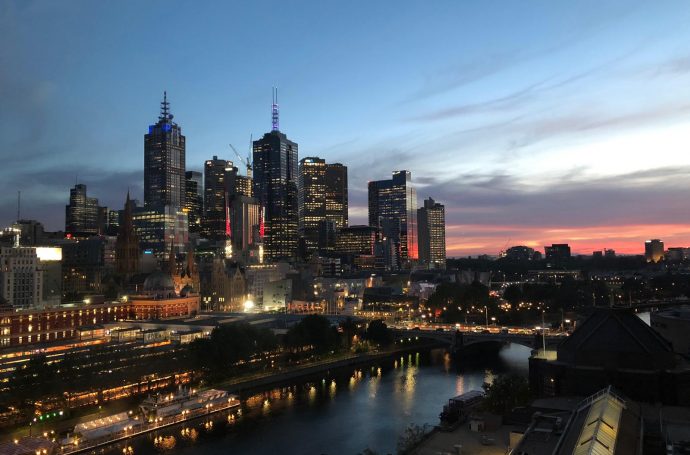When I was asked earlier if we had already been to Australia, I always answered with full conviction: We are saving this trip for our retirement. Well, actually I should have known better back then …
When Sven and I were once again faced with the big question of where the next big trip should go, this time we were, for once, completely at odds. I wanted to go to South Africa, he would rather go to the Caribbean. Sven then made a joke about why we wouldn’t actually fly to Australia. Everyone who knows me knows that I don’t take such a statement as a joke. Shortly afterwards, I was already checking flights and scouring the internet for the highlights of Australia.
Of course, the Red Center with Ayers Rock (called Uluru by the Aborigines) could not be missing on this tour. This huge sandstone monolith is located in the Australian state of Northern Territory, more precisely in Uluru-Kata-Tjuta National Park.
Since we had only booked 2 nights, we wanted to get as much out of this time as possible and decided on a 2-day guided small group excursion (sunset tour to Uluru and sunrise tour to Kata Tjuta).
Shortly after moving into our room, we were picked up and made our way to Ayers Rock / Uluru.
We quickly realized that it was absolutely the right decision not to do the exploration on your own. Our tour guide was extremely informative and tried to bring us closer to the life of the Aborigines with lots of stories.
We had bought head nets to protect against mosquitoes, but at first we resisted putting them on and walking around like typical tourists. We quickly noticed, however, that these Australian insects could not be scared away so easily with a wag and even crawled into ears, eyes and nose.
The highlight was of course the sunset with a view of Ayers Rock / Uluru. Our guide was looking for a nice place (away from the tourist crowds) and prepared a little picnic.
The next day we were picked up before sunrise and taken to a viewing platform in Kata Tjuta National Park. The tiredness was quickly gone when we were allowed to watch the wonderful sunrise with a view of Uluru.
From the same viewing platform we also had a wonderful view of the Kata Tjuta rock formation, also called “Olgas” by the Aborigines.
After a tour of discovery we returned to the hotel exhausted and had the afternoon to relax before heading to Sydney the next day.
Our personal opinion about Uluru-Kata-Tjuta National Park:
- very informative if you are traveling with a tour guide
- it is simply part of a tour of Australia
- apart from the national park, there is not much to explore in this area
On the following page you can get a very good overview of Australia:
Best travel time:
We recommend the months February to May and September to December. In the summer months it gets relatively cold and January is the rainiest month.
Hotel recommendation:
Sails in the Desert
More tips & recommendations:
We can absolutely recommend the 2-days Sunrise / Sunset tour from the company SEIT Outback Australia. On our own we would not have gained as many impressions by far.
Be sure to get a mosquito head net before leaving. It only costs a few euros and the annoying animals leave you alone, at least in this area. On site you pay double, if not triple the price for it.
A video says more than 1000 pictures and words, so here is our short video about Australia’s outback.












